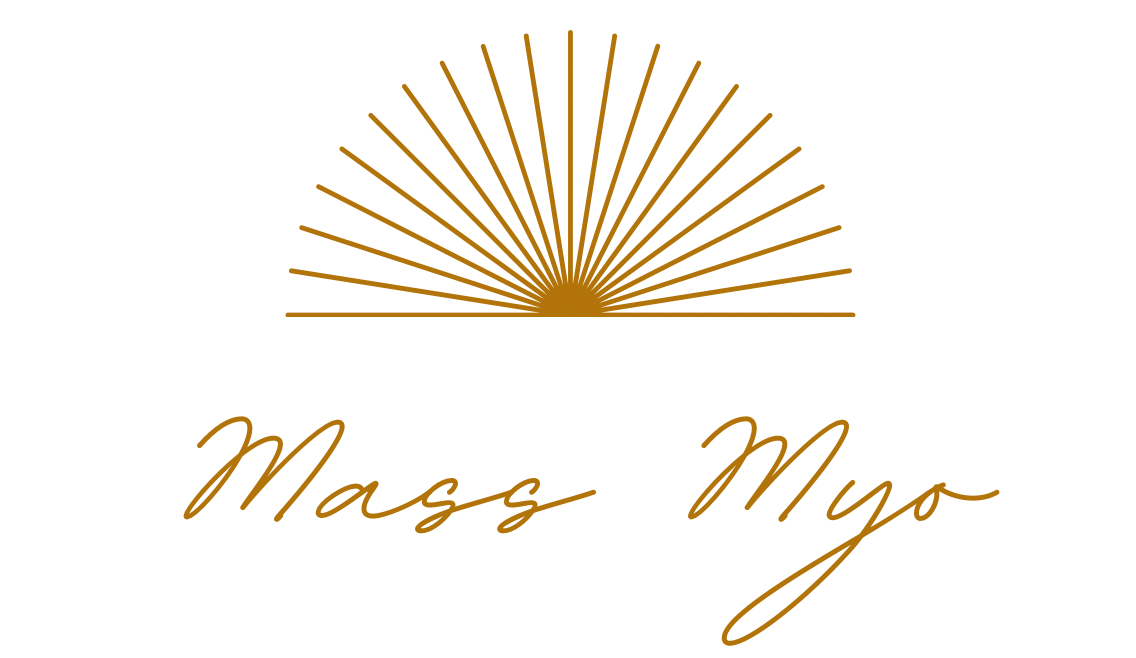
What is Orofacial Myofunctional
Therapy (OMT)?
Orofacial Myofunctional Therapy (OMT) is a functional approach to restoring balance in the muscles of the face, mouth, and tongue. These muscles play a vital role in essential functions such as breathing, eating, speaking, swallowing and sleeping. When they don’t work in harmony, it can impact your overall health and well-being. Through gentle exercises and habit retraining, OMT helps address underlying issues.
Our goal is to create a foundation for healthy function, not just for the face and mouth, but for the entire body through:
Nasal breathing day & night
Lips sealed day & night
Tongue on the roof of your mouth day & night
Correct chewing & swallowing
OROFACIAL MYOFUNCTIONAL THERAPY
ASSISTS WITH:
Low resting tongue posture
Mouth breathing, snoring, UARS & sleep apnea
Hyperactivity and trouble focusing for children
Chronic fatigue and daytime sleepiness in adults
Bed wetting in children past potty training
Stomach pain and frequent gas & bloating
Dental decay, gum disease & bad breath
Chronic chapped lips
Droopy mouth & eyes
Narrow long face
Flat facial features and tone
TMD (TMJ disorder)
Small lower jaw or underbite
A longer time in braces
Orthodontic relapse after braces are removed
OMT is used to manage a variety of disorders.
BENEFITS:
Improved airway health
Increased energy and alertness
Reduced clenching/grinding
Reduced TMJ pain and headaches
Decreased sleep apnea and snoring
Prevention of orthodontic relapse (teeth moving after braces)
Increasing tone and mobility of oral structures
Establishing symmetry to the face
Mouth Breathing & Snoring
Mouth breathing and snoring occur when the tongue is resting low. This decreases the muscle tone in your tongue, causing the back of your tongue to obstruct your airway. These habits can prevent you from having restful sleep.
Orofacial Myofunctional Therapy (OMT) can retrain and strengthen the muscles of the face, mouth, and tongue. We work together to improve your muscle tone by getting your entire tongue to rest and slightly suction to the roof of your mouth both day and night. By achieving proper tongue posture, you are also improving your quality of sleep.
Low Resting Tongue Posture
Your tongue should provide a proper support structure for your jaw. At rest, your entire tongue should lightly suction to the top of your mouth, beginning from the tip of the tongue to the very back of the tongue. If your tongue happens to naturally rest at the floor of your mouth, you have low tongue posture. This is a key symptom that orofacial myofunctional therapists address.
With therapy, our priority will be to increase the mobility of the tongue and lessen the restrictive nature of the frenulum (the band of connective tissue under the tongue). Seldomly, a tongue tie release may be recommended. In that case, we will refer you to a highly qualified provider for an assessment.
The information on this website is in no way considered to be medical advice and is not intended to treat, cure or prevent any disease, symptom or condition.
